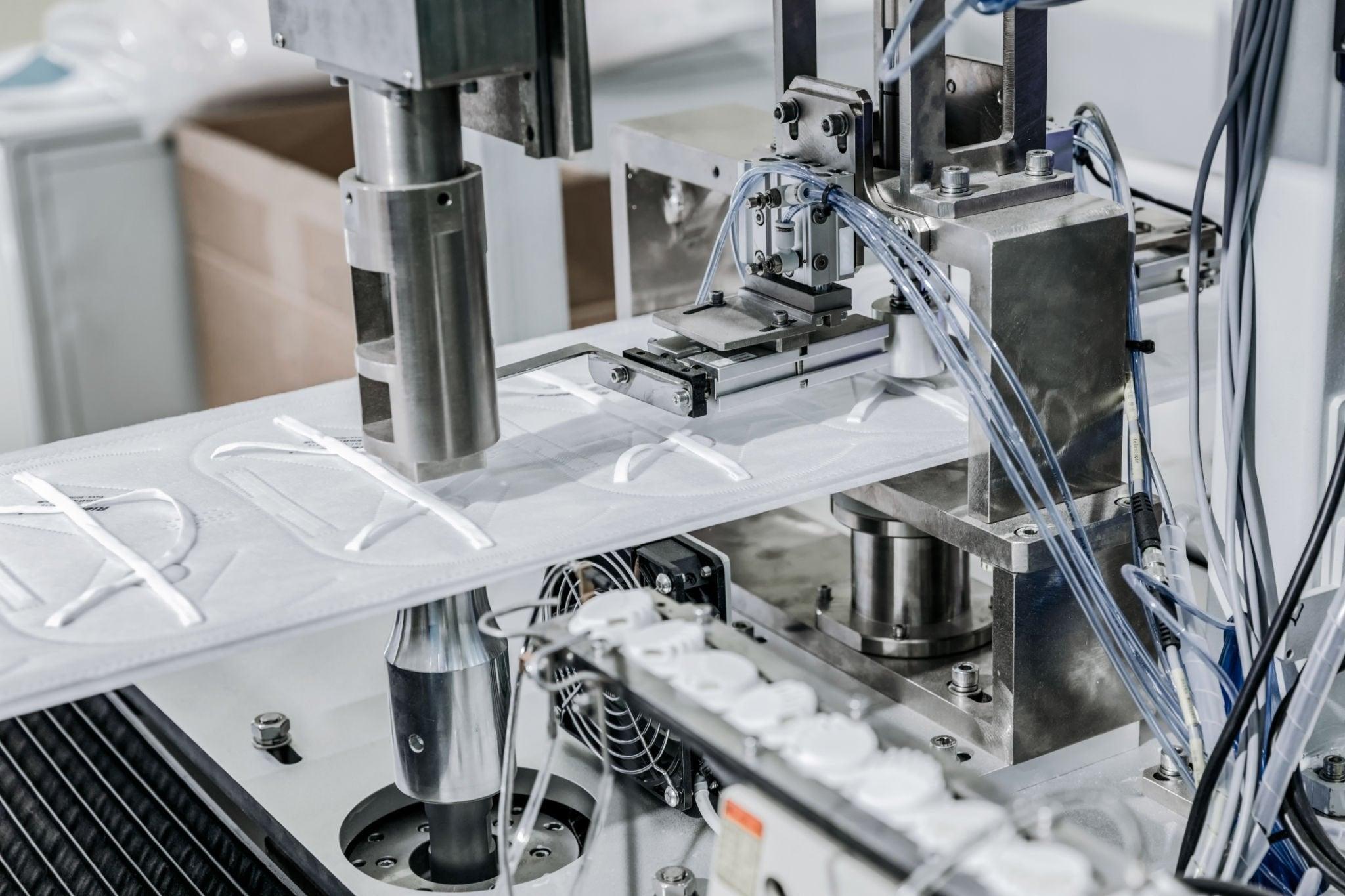Most people argue that the N95 masks are only for the frontline workers. However, they are used in the industrial field as well, where there is a probability of debris, smoke, and mud going into the nose and mouth. To improve the effectiveness of N95 masks, it is important to indulge in the highly intense manufacturing process and testing that ensures 95% protection at all times.
So, we know that to ship boxes of N95 masks, N95 masks manufacturers undergo several manufacturing steps and a clean testing process to ensure everything goes correctly.
The manufacturing process
-
Layer Making: A medical N95 respirator is constructed of several non-woven fabric layers, many of which are made of polypropylene.
-
Spun bonding: The two exterior layers of the respirator, which are between 20 and 50 g/m2 in density, serve as protection against the outside environment as well as a barrier to everything in the wearer's exhalations. Fibres are then joined via thermal, mechanical, or chemical methods.
-
Other technique: The two exterior layers of the N95 respirator, which are between 20 and 50 g/m2 in density, serve as protection against the outside environment as well as a barrier to everything in the wearer's exhalations. Fibres are then joined via thermal, mechanical, or chemical methods.
-
Pre-filtration layer: It is a needled nonwoven layer where needles are punched to promote cohesiveness. This is done by repeatedly piercing the fabric with barbed needles, and hooking the fibres together to create a concrete layer. The prefiltration layer is subsequently put through a hot calendaring process, which involves passing plastic fibres through heated, high-pressure rolls to thermally fuse them. As a result, the pre-filtration layer thickens and becomes stiffer.
-
Melt-blown layer: The filtration efficiency is determined by the high-efficiency melt-blown electret nonwoven material in this final layer. Here, molten synthetic polymer threads are sprayed onto a conveyor by a number of machine nozzles using air. These strands, meanwhile, are much more minute—less than a micron across. The fabric is created as the conveyor belt moves along as the threads accumulate and bind naturally as they cool. Although the material starts to lose some of its fabric-like qualities, the melt-blown cloth is occasionally additionally thermally bonded to increase strength and abrasion resistance.
Machinery
The layers of the entire respirators are combined using ultrasonic welding, and then straps and metal strips are added to allow the user to adjust the mask over their nose.
Sterilization
The final step before shipping the respirators is to disinfect them.
Testing
-
Particle penetration: The aerosol spray is charged neutrally and here particles (with 0.3 microns of diameter) are tested.
-
Work Rate: To determine if these masks exhibit a high work rate or not, an airflow of 85L per minute is evaluated. Most reputable N95 mask manufacturers make it a point to test the wearer's capacity to function quickly while donning the N95 mask amid high-risk situations (hospital, medical facilities or industrial base, construction base etc).
-
Breathing Resistance: At least 200 mg of aerosol loading is needed to fill the mask with enough aerosol to simulate a high degree of exposure.
-
Aerosol Testing: At least 200 mg of aerosol loading is needed to fill the mask with enough aerosol to simulate a high degree of exposure.
The above-mentioned processes are the types that go within the warehouse of a mask-making company and then only boxes of N95 masks are shipped for sale.

